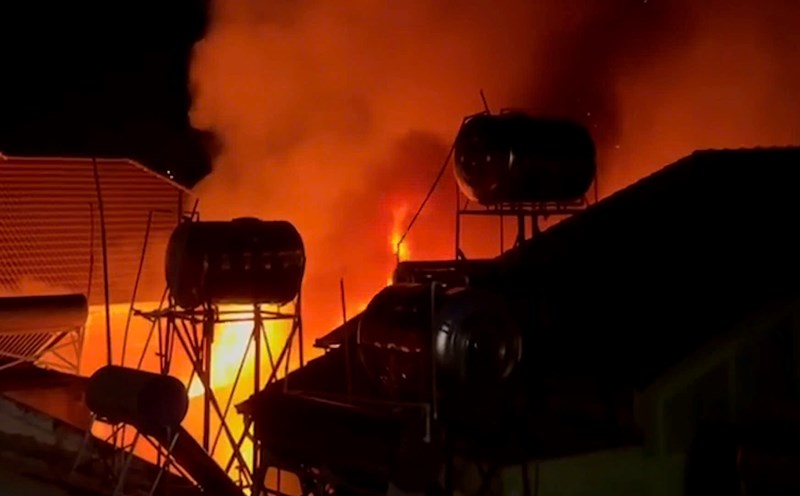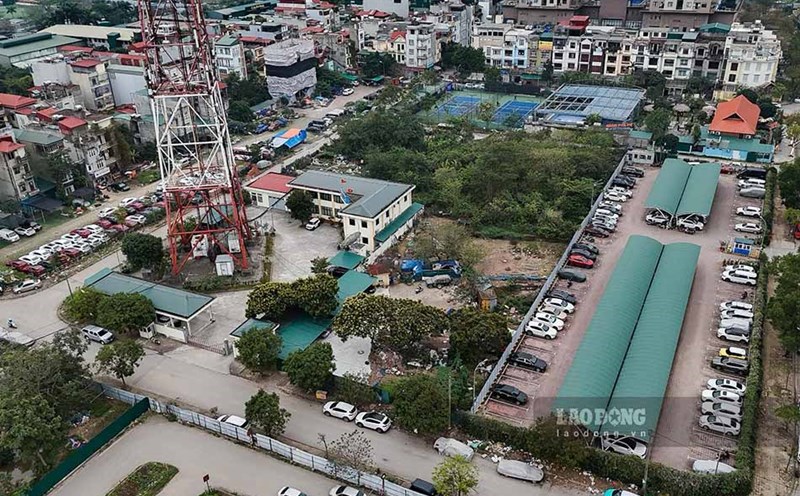Gold is a fairly common metal, largely locked in the Earth's deepest layer. On the surface, gold is often concentrated in volcanic rocks or magma rocks. However, how gold is brought to the surface is still a controversial issue. Recently, a research team used a digital model to determine the specific conditions that lead to the enrichment of gold-containing magma.
According to research by scientists from the University of Michigan (USA), a special form of sulfur that exists under very specific pressures and temperatures at depths of 50 to 80 km under active volcanoes is the reason why gold is transferred from the coating to the magma flows, then moved to the Earth's surface.
Previously, scientists knew that gold binds to different sulfur ions. However, this study, with the participation of scientists from China, Switzerland, Australia and France, for the first time introduces a solid thermodynamic model of the existence and important role of the compound gold - trisulfur.
Whole gold is often in the Earth's crust and tends to stay there. But when there is a liquid containing trisulfur, gold will prioritize strong bonds with trisulfur to form gold-trisulfur compounds. This compound is highly flexible in the melting parts of the coating, which geologists call magma.
The research team developed a new thermodynamic model based on laboratory experiments. In it, they control pressure and temperature to create artificial magma. This model was later applied to real-world conditions.
A notable study point is the suction zones. These are areas where one tectonic plate sinks beneath another. At the connecting routes between these patches, magma from the Earth's crust has the opportunity to rise to the surface. Subducting tectonic plates, when melted at greater depths, also provide the sulfur-rich solvents needed to form gold-bearing magma.
"In every continent around the Pacific Ocean, from New Zealand to Indonesia, the Philippines, Japan, Russia, Alaska, the west coast of the US and Canada, to Chile, we have a lot of active volcanoes. All of these volcanoes form in subduction zones. The processes that cause volcanic outbreaks are also the processes that form gold deposits," Adam Simon, professor of Earth and Environmental Sciences at the University of Michigan, co-author of the study, explained.
"This result provides a very clear understanding of why some subduction zones create gold-rich ore mines. Combining the results of this study with existing studies will help us gain a deeper understanding of how gold deposits are formed, and this could have a positive impact on gold exploration and exploitation activities" - Simon concluded.











